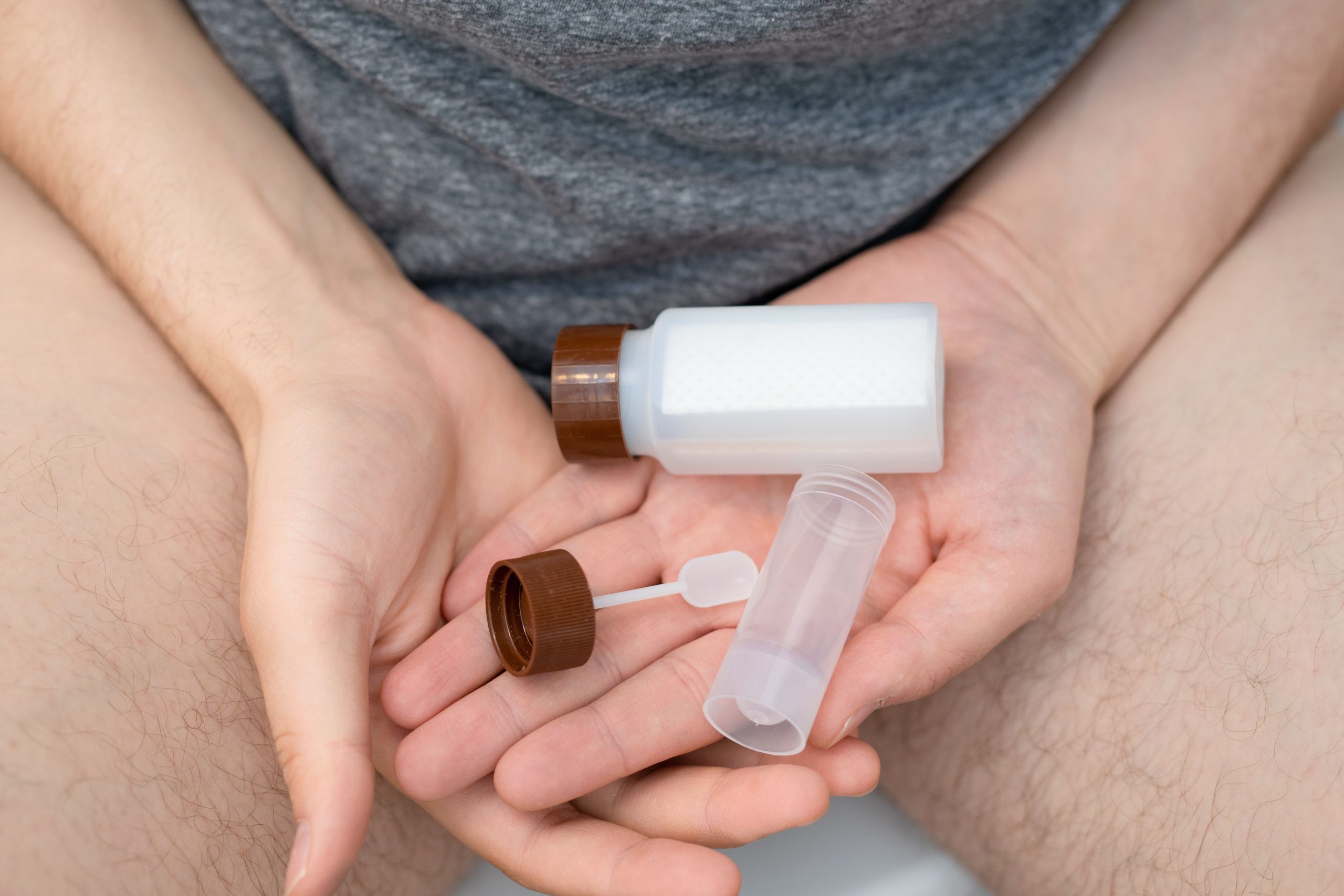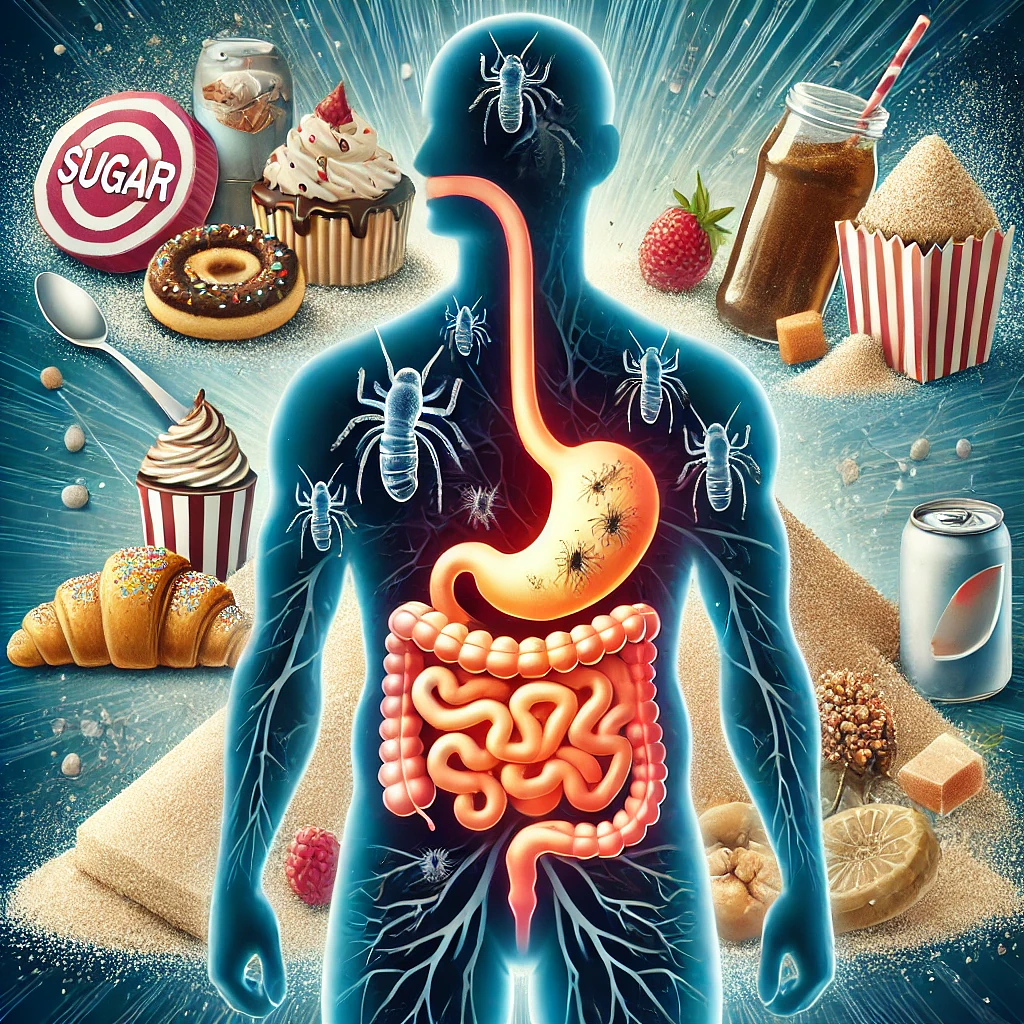Comprehensive Stool Analysis
Understanding Gut Pathogens and Their Systemic Impact
The human gut is home to trillions of microorganisms—bacteria, fungi, viruses, and parasites—that form a complex ecosystem known as the gut microbiome. When this delicate balance is disrupted, harmful pathogens can overpopulate the intestinal tract, creating a condition called gut dysbiosis. This overgrowth can wreak havoc, not only on digestion but throughout the entire body and mind.
-
What Causes Pathogen Overgrowth?What Causes Pathogen Overgrowth?
- Antibiotic use (wipes out good bacteria)
- Poor diet (high in sugar, refined carbs, processed foods)
- Chronic stress
- Environmental toxins
- Unaddressed infections
These factors can deplete beneficial bacteria and give rise to an overgrowth of:- Candida albicans (yeast)
- Pathogenic bacteria (e.g., E. coli, Clostridium, Salmonella)
- Parasites (e.g., Giardia, Blastocystis hominis)
- Viruses that compromise immune function
How Gut Pathogens Cause Systemic SymptomsWhen pathogens multiply, they release toxins, interfere with digestion, and inflame the gut lining. This can lead to leaky gut, where harmful substances escape into the bloodstream, triggering immune responses and inflammation in various parts of the body.Key Symptoms and How They Arise:
1. Sleep Issues- Toxins and inflammation disrupt melatonin and serotonin balance, key regulators of sleep.
2. Achy Joints- Inflammation spills over into joints; autoimmunity may develop from a compromised gut lining.
3. Brain Fog- Toxins and inflammatory molecules affect brain chemistry and the gut-brain axis.
4. Gas and Bloating- Fermentation from unbalanced microbes leads to gas, cramps, and digestive discomfort.
5. Irritability & Mood Swings- The gut makes over 90% of serotonin; imbalances here impact emotional stability.6. Sugar Cravings
- Pathogens like Candida feed on sugar and signal the brain to consume more.
6. Fatique
- Inflammation, poor nutrient absorption, and immune overload drain energy reserves.
-
Additional Systemic Complaints:
- Skin issues (acne, rashes, eczema)
- Food sensitivities
- Frequent illnesses
- Autoimmune flares
- Headaches and migraines
What Can Be Done?1. Get Tested
Functional stool tests, SIBO breath tests, and organic acid tests help identify specific overgrowths.
2. Cleanse the Gut
Targeted herbal antimicrobials, antifungals, or prescribed medications reduce the pathogen load.
3. Rebuild Good Bacteria
Use probiotics, prebiotics, and fermented foods to restore microbial diversity.
4. Repair the Gut Lining
Support healing with L-glutamine, zinc, collagen, and anti-inflammatory herbs.
5. Improve Your Diet
Eliminate sugar and processed foods. Add fiber, whole foods, and gut-nourishing nutrients.
6. Support the Lifestyle
Hydrate, move your body, reduce stress, and get enough sleep to create a healing environment.Final Thoughts
Systemic symptoms like sleep problems, joint pain, fatigue, brain fog, and sugar cravings may have a hidden root in the gut. By addressing gut pathogens and restoring balance, you can take a major step toward full-body wellness and vitality.
Would you like to schedule a consultation to uncover what’s going on in your gut and create a custom healing plan? Reach out today to take your first step toward clarity and wellness.


